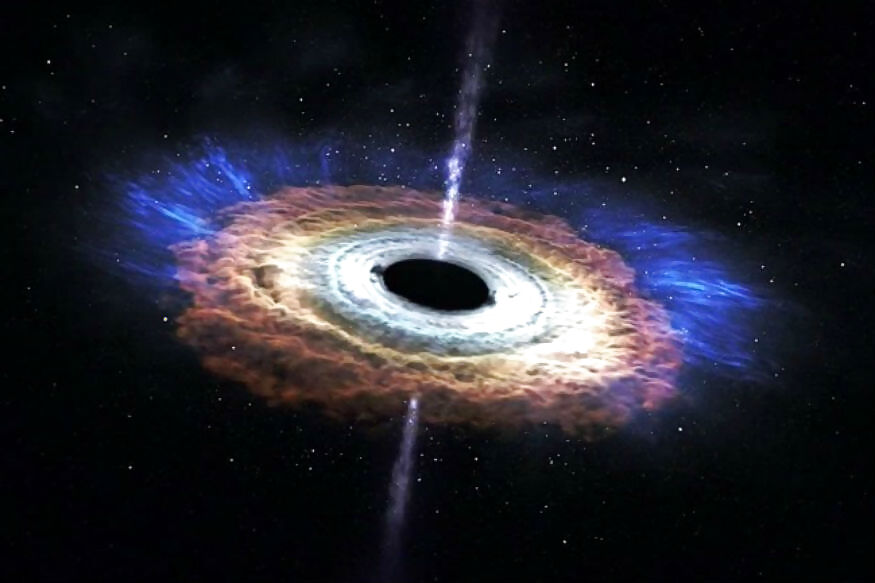
views
The first ever photograph of a black hole will be released later today, marking a momentous achievement in mankind’s quest for space exploration. Scientists working in the Event Horizon Telescope (EHT) Collaboration is set to present their observations in the form of the first captured photograph of a black hole, the study of which is set to take forward the study of one of the most enigmatic objects in space. The observation will be shared today, at 6:30PM IST.
The Event Horizon Telescope Collaboration, which brings together scientists operating eight radio telescopes across the world, has spotted two black hole sites that are being observed. The first of the two is Sagittarius A, a supermassive black hole site that is 26,000 light years away, while the second is at the centre of the supergiant elliptical M87 galaxy in the Virgo constellation.
According to pre-announcement observations, the images that will be shared today are of radiating hot gas orbiting close to the black holes that are being observed. The strong gravitational field of the black holes will create a dark shadow with a distinctive shape, where no light can be seen. This, however, makes it difficult for the EHT team to gather observations, since shadows of black holes are usually blurred with the effects of interstellar gas.

Observing black holes is believed to hold key answers to space-time questions, and it is this that makes today’s release particularly pivotal. It is also highly intriguing, for while we have so far seen copious amounts of computer-generated representations of black holes, this is the first time that an actual image of the interstellar gravitational warps are released to public.
Observing black holes is believed to hold deeper explanations to multiple equations in space. Recent observations have revealed details about ancient black holes in deep outer space, while other forms such as gigantic black holes, known as quasars, have been recently discovered. These objects carry incredibly high gravitational forces — in fact, so high, that they can consume stars the size of our sun, in just 48 hours.
It remains to be seen how the first observations of the black hole images appear as. Anticipation is rife about the latest black hole observations, more details of which should emerge in a few hours. Watch this space for more details.




















Comments
0 comment